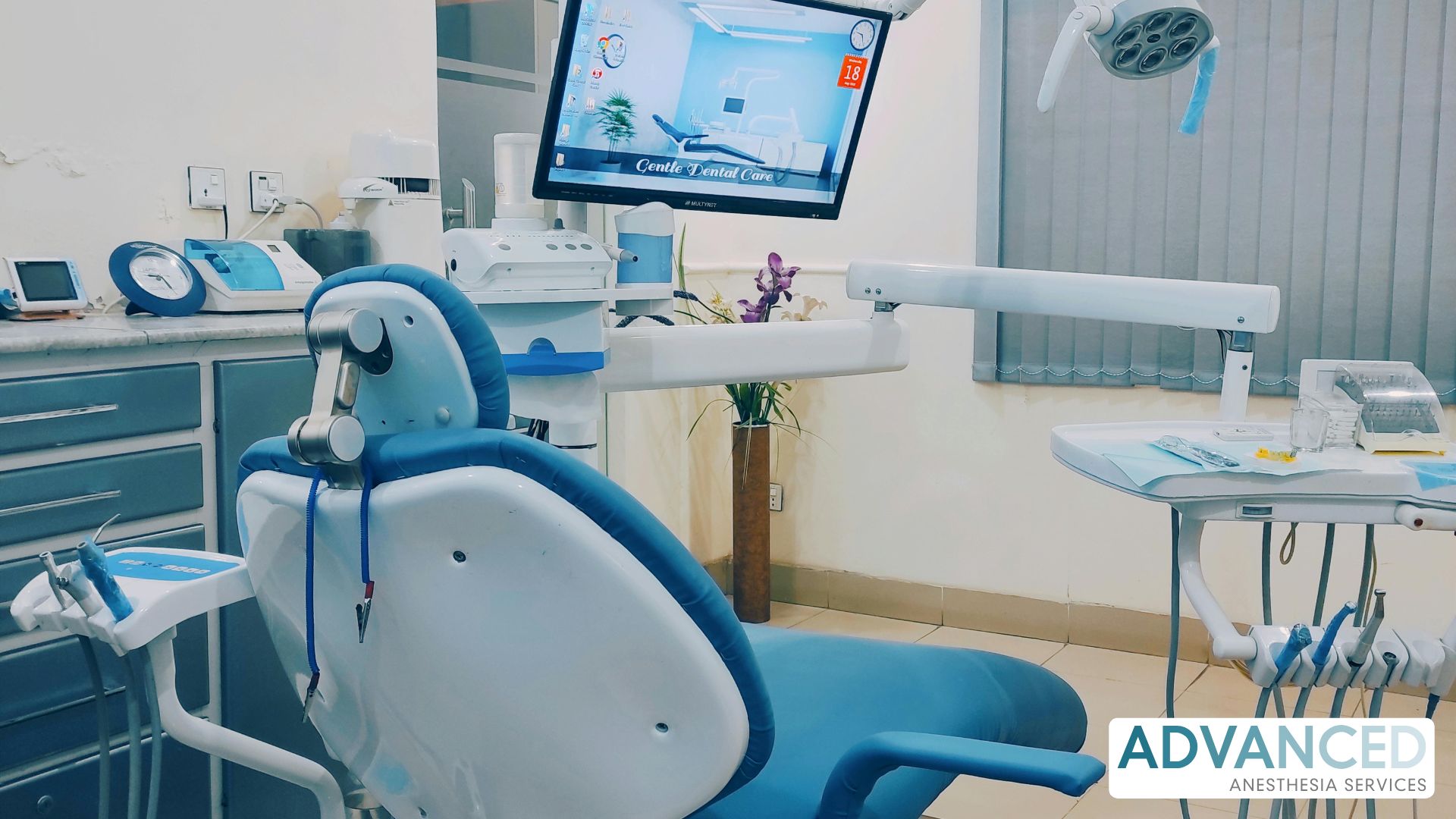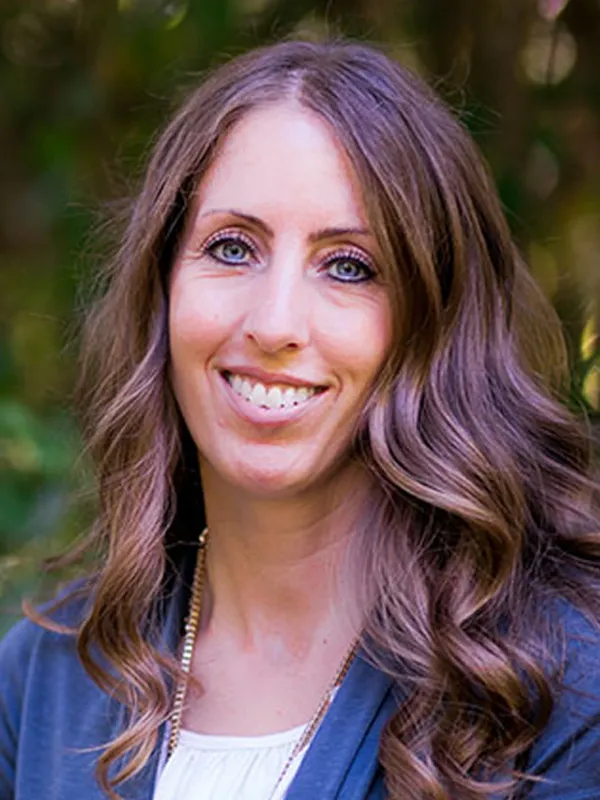
Modern dental practice continues to evolve with increasing surgical complexity, persistent patient anxiety, and rising expectations for pain-free care. Choosing between local anesthesia and deeper levels of sedation is no longer a peripheral decision—it directly impacts safety, efficiency, patient satisfaction, and a practice’s growth trajectory. This article outlines the clinical, operational, and regulatory factors to consider when selecting the appropriate level of anesthesia for dental procedures.
The spectrum of anesthesia used in dental care ranges from local anesthesia to general anesthesia. Each level involves varying degrees of patient responsiveness, airway risk, and provider qualifications.
Local anesthesia, typically administered using lidocaine or articaine, keeps the patient fully awake with intact protective reflexes. It can be administered by a licensed dentist. Minimal sedation, such as oral diazepam or nitrous oxide below 50 percent concentration, allows patients to respond verbally and usually does not compromise the airway.
Moderate sedation, often using oral triazolam with nitrous oxide or intravenous midazolam and fentanyl, requires purposeful patient response to verbal or light tactile stimulation. In most states, it can only be administered by dentists with specific sedation permits. Deep sedation and general anesthesia, involving agents like propofol or ketamine, require advanced training and credentials. These techniques often necessitate airway support and should be managed by a certified registered nurse anesthetist (CRNA) or anesthesiologist.
Because credentialing requirements vary by state, practitioners should confirm their eligibility before expanding sedation services.
Short, minimally invasive treatments such as Class I restorations rarely necessitate sedation beyond local anesthesia. In contrast, complex interventions—such as full-arch extractions, bone grafts, or implant placements—benefit from deep sedation to minimize patient movement and bleeding.
Patients classified as ASA I or II typically tolerate minimal to moderate sedation well. Those with more significant health issues, such as uncontrolled hypertension or obstructive sleep apnea, are safer candidates for deep sedation administered by a trained provider with advanced monitoring equipment and emergency medications.
Patients with high dental anxiety or a strong gag reflex may struggle to tolerate procedures under local anesthesia or mild sedation. Deep sedation can reduce procedure time, improve surgical conditions, and enhance patient cooperation.
Local anesthesia is associated with minimal pharmacologic risk and allows patients to drive themselves home. It also avoids the need for additional sedation permits and reduces overhead. However, local anesthesia alone is often inadequate for lengthy procedures or surgeries involving multiple quadrants. Anxiety-induced movement or increased bleeding can also complicate surgical precision, particularly in implant dentistry.
Deep sedation provides a motionless operating field, enhances surgical accuracy, and supports higher patient satisfaction. Recovery with propofol is typically faster compared to sedatives like benzodiazepines. However, the use of deep sedation requires a CRNA or anesthesiologist, along with emergency equipment and airway management readiness. These factors increase operational costs and administrative responsibilities.
Deep sedation administered by a CRNA significantly reduces total chair time per patient. For example, the extraction of four third molars may take 35 minutes under deep sedation compared to 55 minutes with local anesthesia. Over an eight-hour clinic day, this efficiency allows for more cases without extending hours, often resulting in a net gain in productivity that offsets the added cost of anesthesia personnel.
A review of nearly six million office-based dental sedations demonstrated a major complication rate below 0.02 percent. The highest risks were associated with patients who had a body mass index above 35 or received care without capnography monitoring. Deep sedation cases managed by anesthesia professionals showed equal or better outcomes compared to dentist-administered moderate sedation, largely due to better airway control and continuous monitoring.
Most states require a Class III or IV sedation permit for providers who offer deep sedation. Malpractice carriers may also require higher liability limits when agents such as propofol are used. From a billing perspective, dental code D9223 (deep sedation per 15 minutes) can be submitted with surgical CDT codes, while cross-coding with medical CPT 00170 may offer additional reimbursement from commercial plans.
When evaluating the need for deeper sedation, dental providers should assess:
While local anesthesia remains foundational in dental care, deep sedation is an essential tool for managing complex procedures, reducing treatment time, and enhancing patient satisfaction. The decision to incorporate deeper sedation should be based on clinical requirements, safety standards, and practice growth strategies.
When your dental practice requires deeper anesthesia support, Advanced Anesthesia Services provides credentialed CRNAs who integrate seamlessly into your workflow. Our team handles the airway, allowing you to focus entirely on delivering high-quality dental care.

